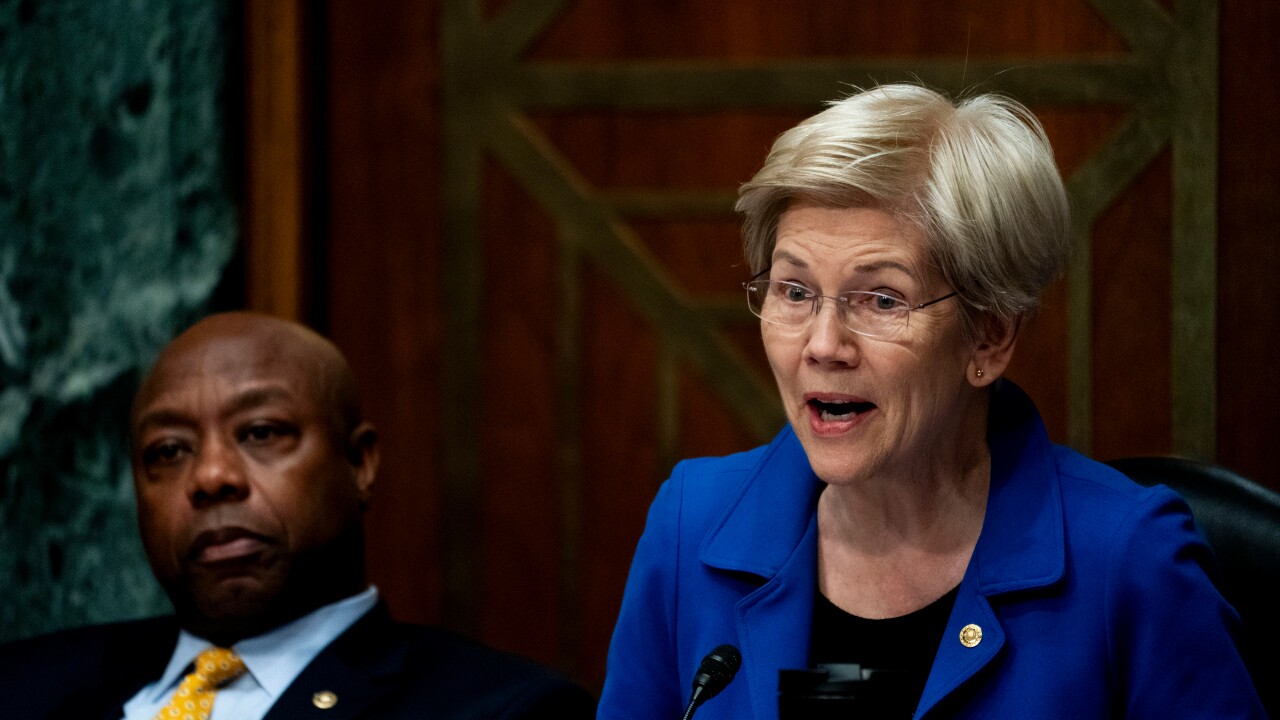As the memories of the cataclysmic events of the fall of 2008 recede, we run the risk of failing to apply their lessons. Many things went wrong, mistakes were made, and important lessons must be learned. One lesson is that we must master the art of dealing with large failing nonbanking institutions.
We have a safety net (maintained by the Federal Reserve and Federal Deposit Insurance Corp.) and an extensive regulatory regime wrapped around depository institutions. But over the past quarter century, much of our financial system moved from regulated banks and thrifts into a relatively unregulated "shadow" banking system. Bankruptcies and bailouts were tried for these large nonbank firms during 2008, and both were found severely lacking. Is this Hobson's choice inevitable when large nonbank financial firms stumble?
The collapse of the credit markets after the Lehman Brothers bankruptcy filing in 2008 illustrates the painful trade-offs. Derivatives' counterparties were able to extract valuable collateral from the firm, and its best assets were sold within days of bankruptcy without benefit of competitive bidding. Credit markets froze as collateral was dumped, and counterparties rushed to rehedge. The Lehman bankruptcy has now cost more than $500 million in fees to attorneys and advisors. Thousands of creditors still wait in line, as billions in assets remain in limbo. The bailouts of AIG and other large financial entities preserved systemic stability and maintained counterparty relationships, but at significant taxpayer expense.
The largest financial firms are highly interconnected, and they are central to credit and liquidity. The current court-based bankruptcy process ties up those intermediation functions, leads to dumping of collateral on already stressed markets and creates uncertainty that freezes the markets. We need a process that recognizes the public interest, provides for financial continuity and hits those responsible with losses, as the government undertakes an orderly transfer or unwinding of the firms' positions.
We have an effective process for handling the failures of FDIC-insured banks, which has been successfully used thousands of times. We take over the banks and sell them in a competitive bidding process. We have even stabilized a very large bank — Continental Illinois in 1984 — and then wound it down to a fraction of its size before selling it off, with shareholders losing their entire investment. We should build on this tried-and-true model to create consistency between banks and nonbanks, as well as between large and small institutions, and eliminate the risk of a disorderly collapse, while making the responsible parties incur losses.
Congress is considering legislation to create an FDIC-style resolution process that, with appropriate safeguards, could be used to resolve the failures of nonbank financial behemoths. Bankruptcy lawyers and others have argued that any new resolution authority would constitute a permanent bailout authority and that we should rely on bankruptcy. I share this concern but believe it can be squarely addressed in the final legislation.
First, the legislation should not permit assistance to keep a failed institution open indefinitely.
Second, bankruptcy should remain the first option, but we should also have an alternative FDIC-style mechanism in an emergency to provide an orderly wind-down and avoid a sudden collapse that could hurt all Americans.
Third, any proposal should set a high bar to trigger this emergency process. Finally, the legislation must ensure that shareholders and other responsible parties take losses to protect taxpayers and minimize moral hazards.
A bankruptcy court does not regularly resolve financial firms or have the capacity to work with financial regulators to prepare in advance for such a firm's failure, as can the FDIC. We must recognize that while bankruptcy works well for large commercial firms, a large financial firm's liquid assets dissipate quickly, and a protracted litigation process can decimate franchise value, increasing resolution costs and potentially destabilizing the financial system.
Opponents also argue that bankruptcy provides more certainty, accountability and transparency. This argument does not bear scrutiny. Bankruptcy allows judges broad discretion and does not provide certainty or public accountability. In contrast, the FDIC process has a set statutory priority system and is not based on creditor negotiation. It also provides rights to creditors — if a creditor disagrees with an FDIC decision, it has the immediate right to go to court.
The FDIC is much more accountable to the public and Congress than is the judicial branch. If a court decides to give favored status to certain creditors or borrowers, or otherwise pursue an activist agenda that could increase resolution costs, the public has no recourse. The FDIC conducts competitive bidding for its asset sales, discloses extensive information on its Web site and is subject to FOIA requirements, GAO audits and regular reporting to Congress. The bankruptcy process is subject to none of these safeguards, because it is designed solely to resolve competing creditor claims through litigation.
In short, the FDIC process is designed to protect the public interest and promote financial stability — and it has been doing precisely that for more than 75 years.





